
Mission Design Lab
What the MDL Provides
NASA’s Mission Design Lab (MDL) provides a collaborative engineering environment for the development of space flight designs and architecture concepts. The key components of the MDL (i.e. people, process, tools and facility) result in a responsive dynamic atmosphere that affords a unique opportunity for accelerated development of design products tailored to a customer’s needs.
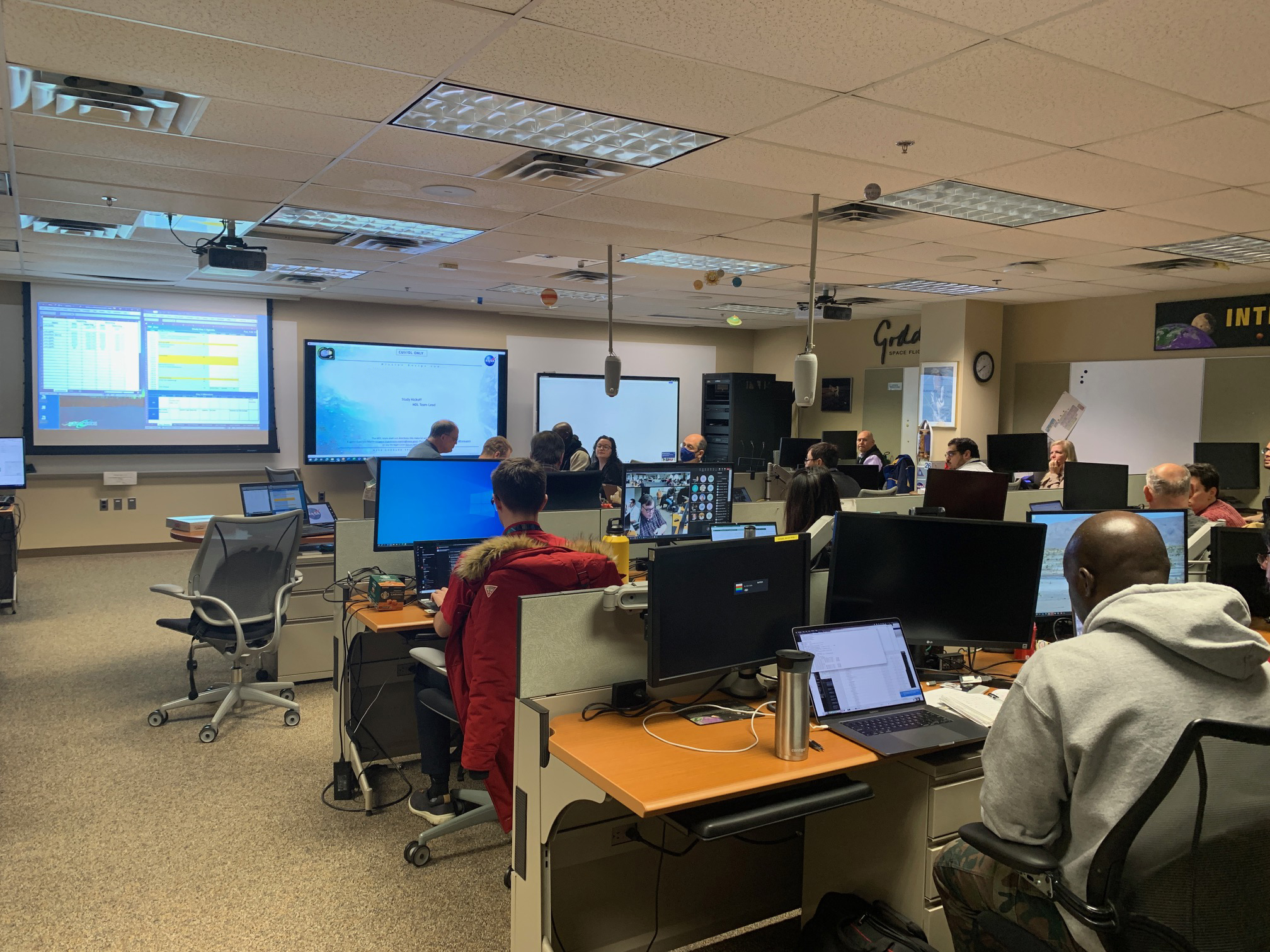
Range of study options, to match best value to concept development needs or products can be tailored to support customer need
Concept Maturity Levels (CMLs), initially defined by NASA’s Jet Propulsion Laboratory (JPL), provide a standardized tool to advance mission concept designs by assessing the current state of a concept and identifying remaining work to proceed to the next level. IDC studies can be tailored to support concept maturation from CML 1 through CML 4.
Office Hours
- Timeframe: ~ 1 hr
- No/low prep
- Brainstorming Session
- Identify tall poles and key trade studies
- Recommend next steps and point of contact for early engineering support
Concept Development
- Timeframe: A few half days
- Potential Products: Concept Feasibility, Risk assessment
- Scope informed by Concept Maturity Level (CML). A CML is a measure of how developed, tested, and ready a concept, idea, or technology is for implementation or deployment.
Tailored Trade Study
- Timeframe: Variable
- Potential Products: Concept, ConOps, Resources Summary, Trade Tree, possible ROM cost*
- Scope informed by Concept Maturity Level (CML)
Point Design Study
- Timeframe: 6 days
- Products: CAD, MEL, engineering models, CEMA cost
- Entry Criteria: “Pass” CML checklist
MDL Capabilities

The MDL provides specific engineering analysis and services for mission design and provides end-to-end mission design products with capabilities that include:
- LEO, GEO, libration, retrograde, drift away, lunar, and deep space orbit design
- Missions that entail single spacecraft, constellations, formation flying or distributed systems
- Ground system concept development including services, and products
- Launch vehicle accommodations
- End-of-Mission considerations including controlled and uncontrolled de-orbit, reconnaissance and landing, sample return, etc.
MDL Disciplines
During the study, each system/subsystem prepares material that addresses the requirements, baseline design, alternative designs & trade studies, functional diagrams, interfaces, detailed estimates of mass, power, and data rate, technical risk assessment, issues/concerns, recommendations, models, parametric/grassroots costs, and background information.
MDL’s Discipline Engineering Team provides mission systems expertise across a very broad spectrum, including:
-
Attitude Control
-
Mission Cost
-
Propulsion
-
Avionics
-
Mechanical Designer
-
Reliability
-
Flight Dynamics
-
Flight Software
-
Mechanical Systems
-
Orbital Debris
-
Radiation Environment
-
Structural
-
Communications
-
Mission Operations
-
Power Systems
-
Thermal
Sample MDL Products
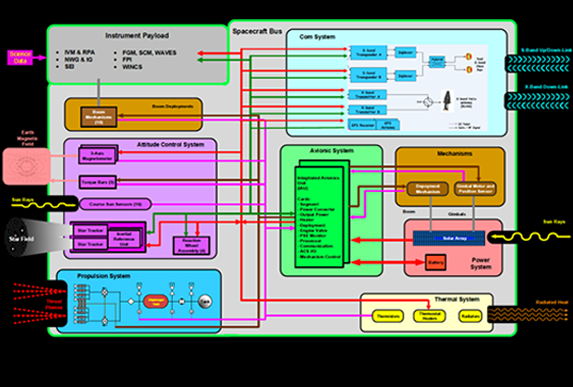
Spacecraft System Block Diagrams

Orbit Analysis

Communication and Ground System Analysis

Launch Systems Accommodations
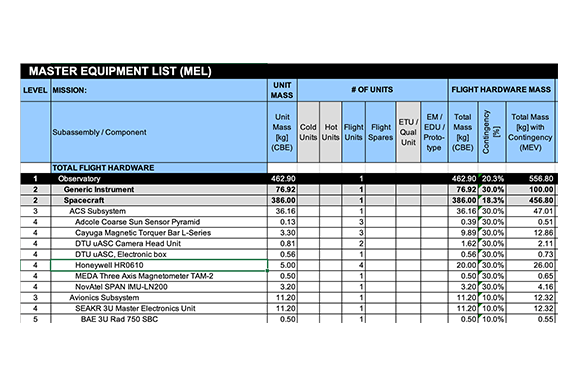
Spacecraft Master Equipment List (MEL)
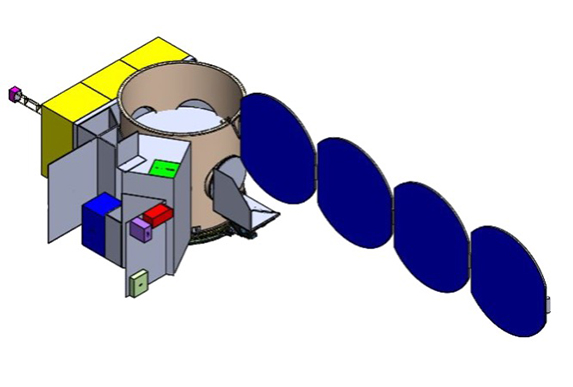
Mechanical Packaging/CAD Model
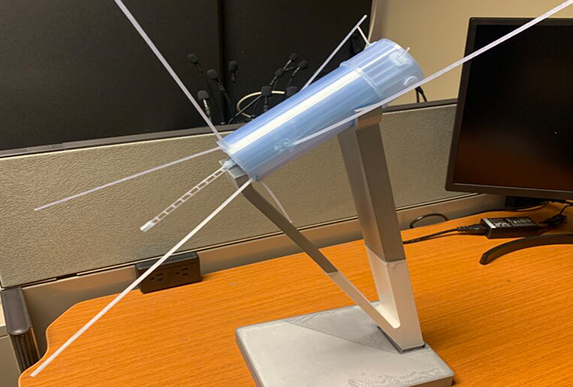
Observatory Concept 3D Models
Contact for an MDL Study
To solicit an Mission Design Study, or for further information on the IDC Team,
process, or product options, please contact Liz Matson, IDC Manager.
